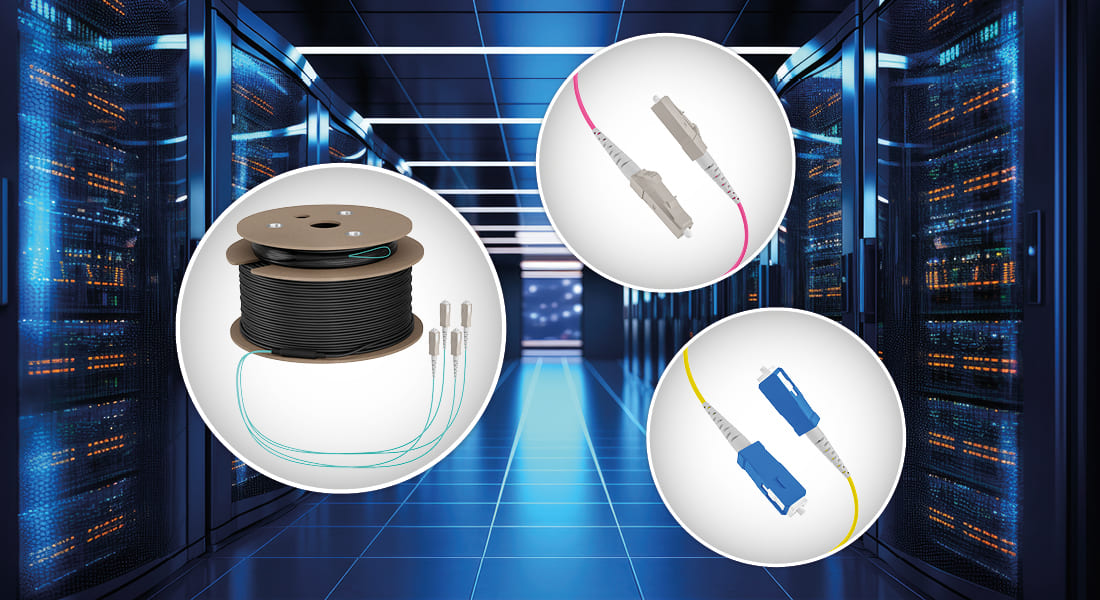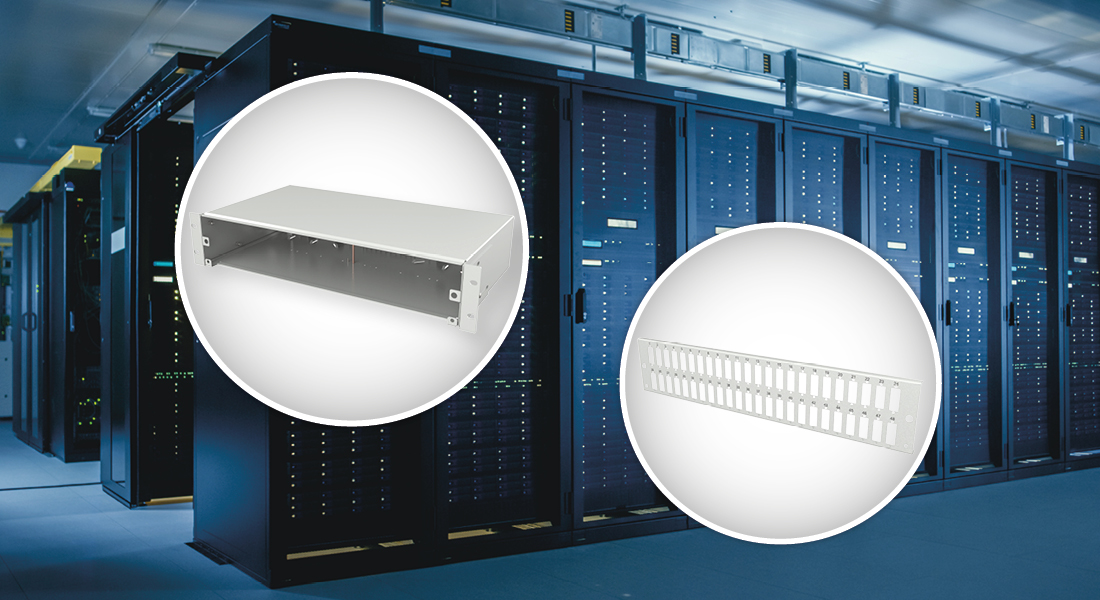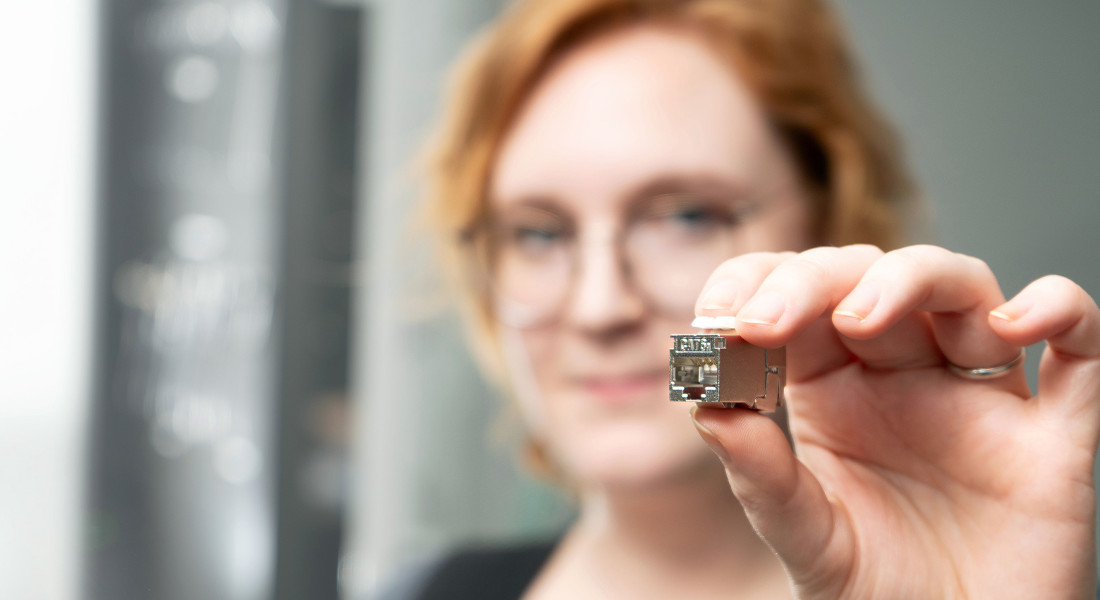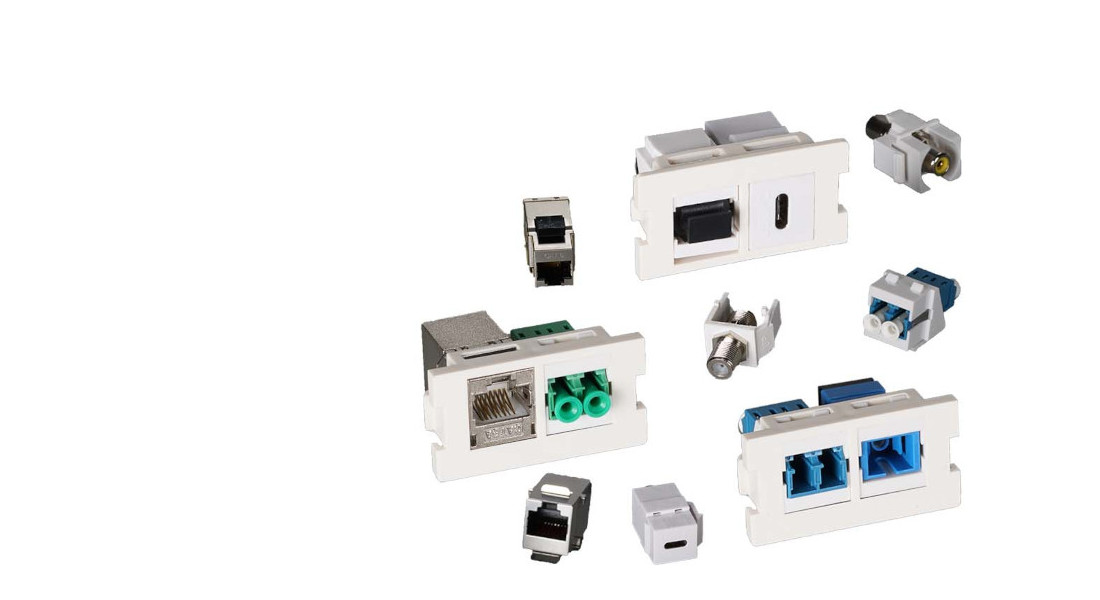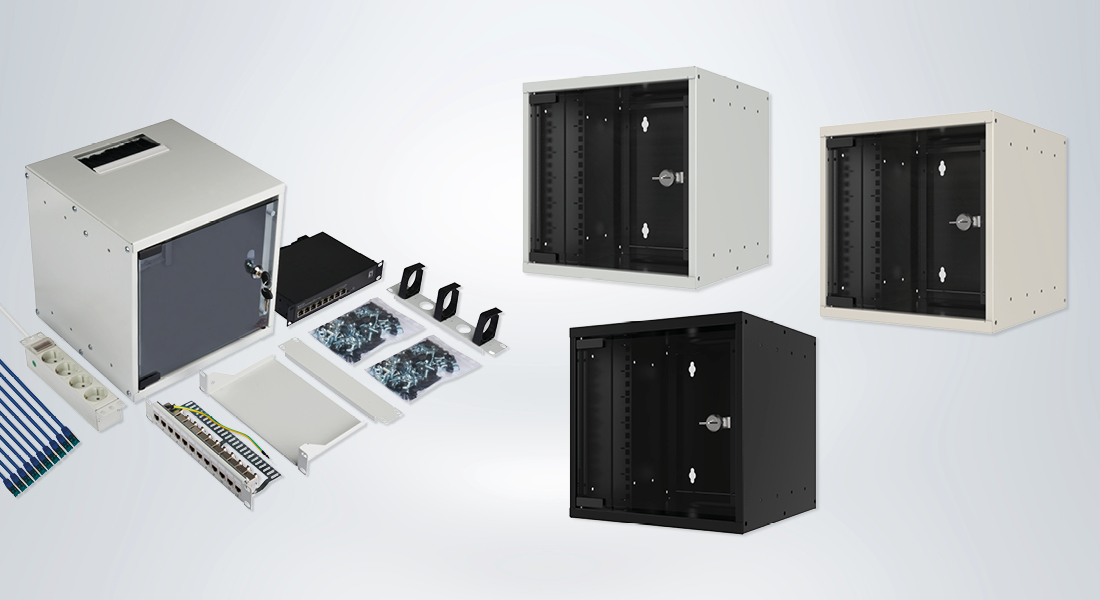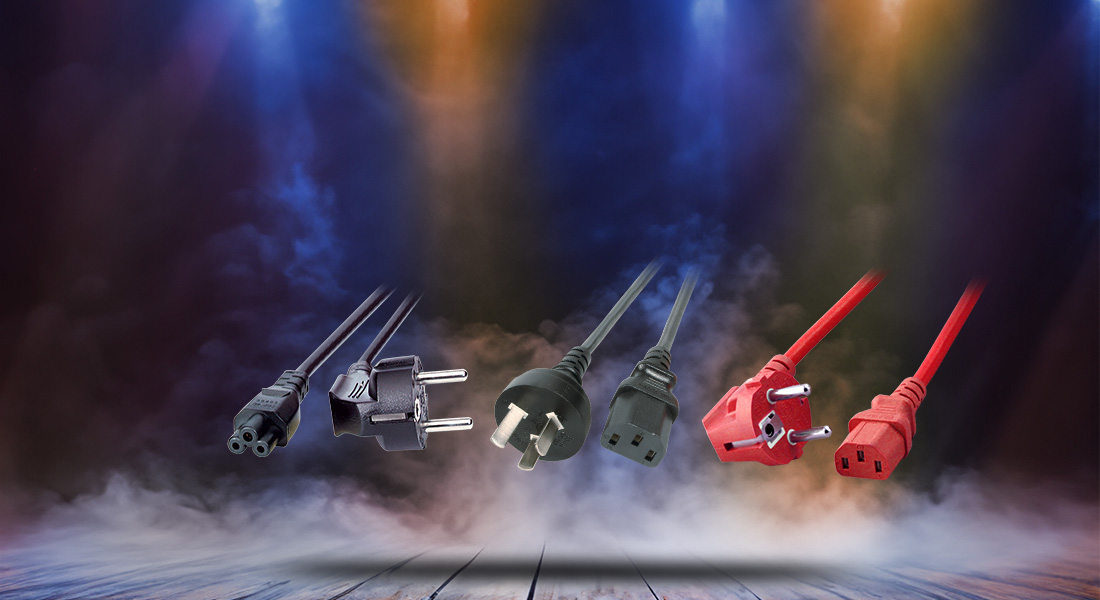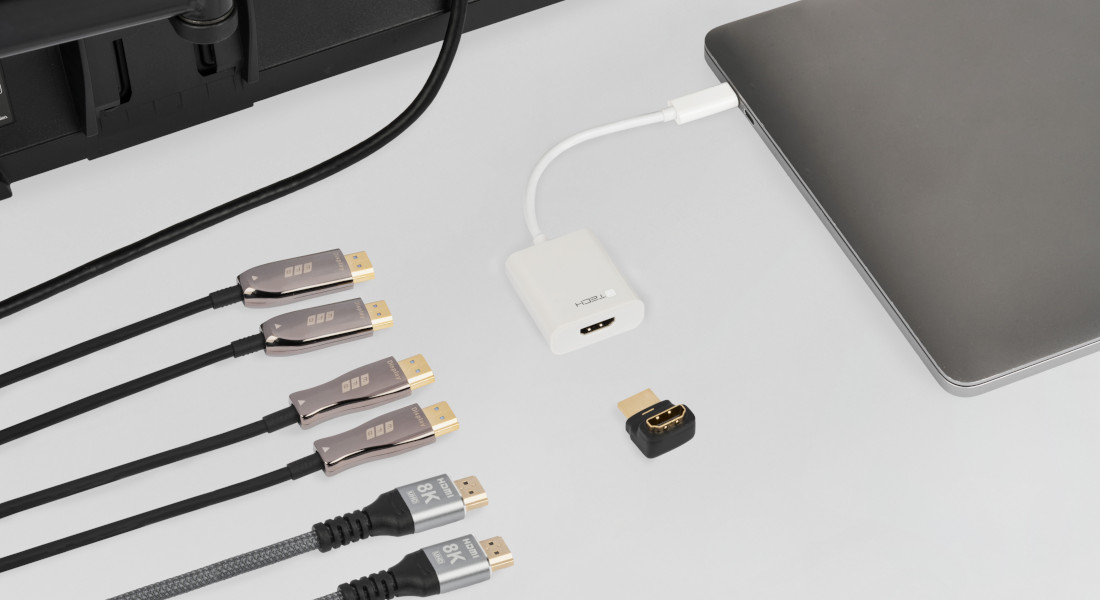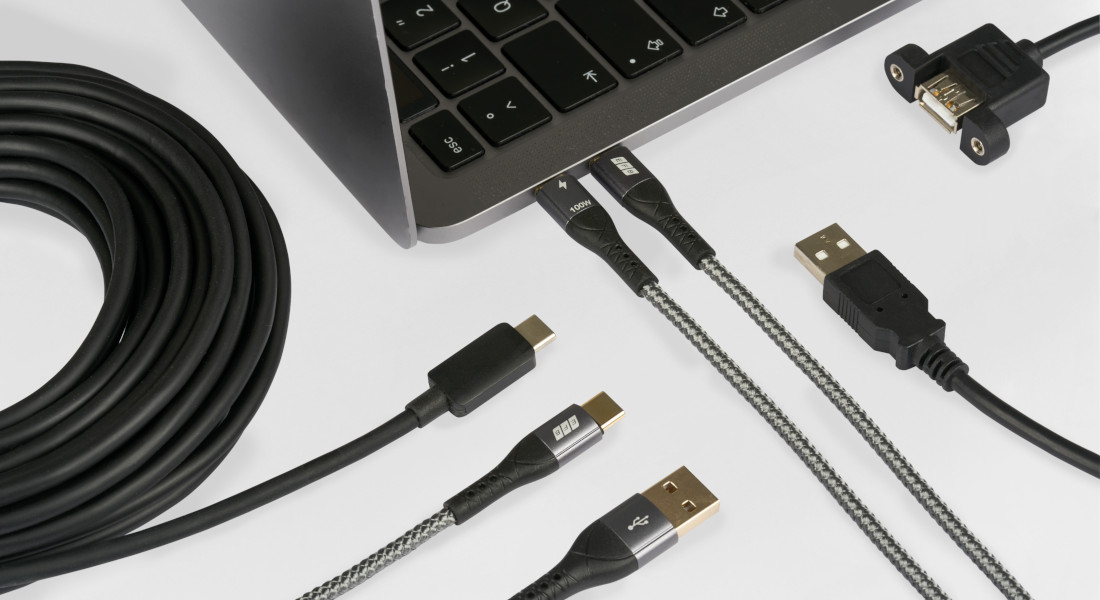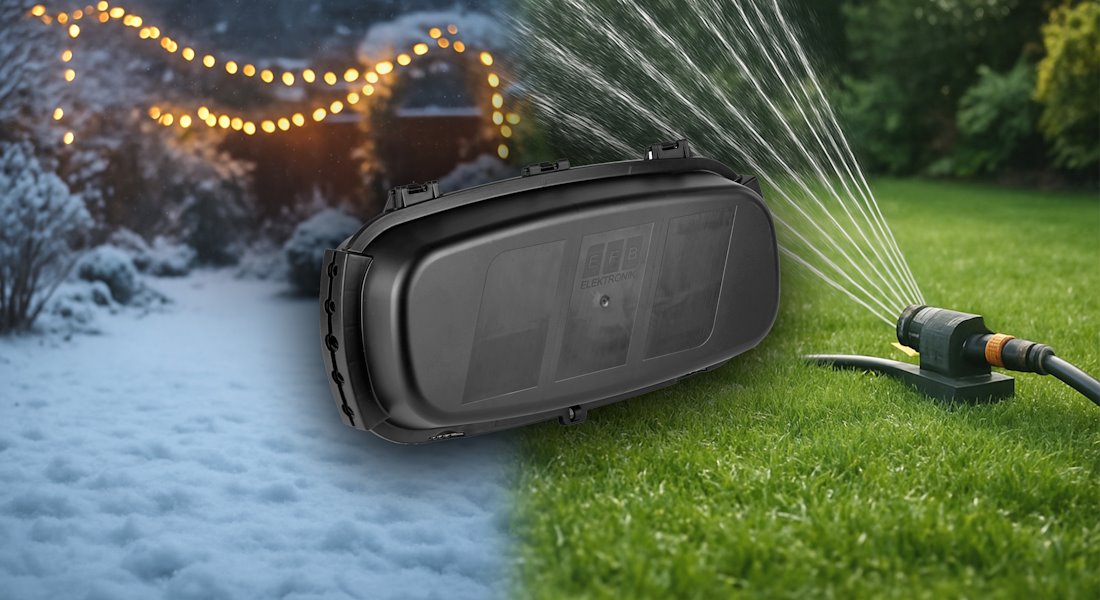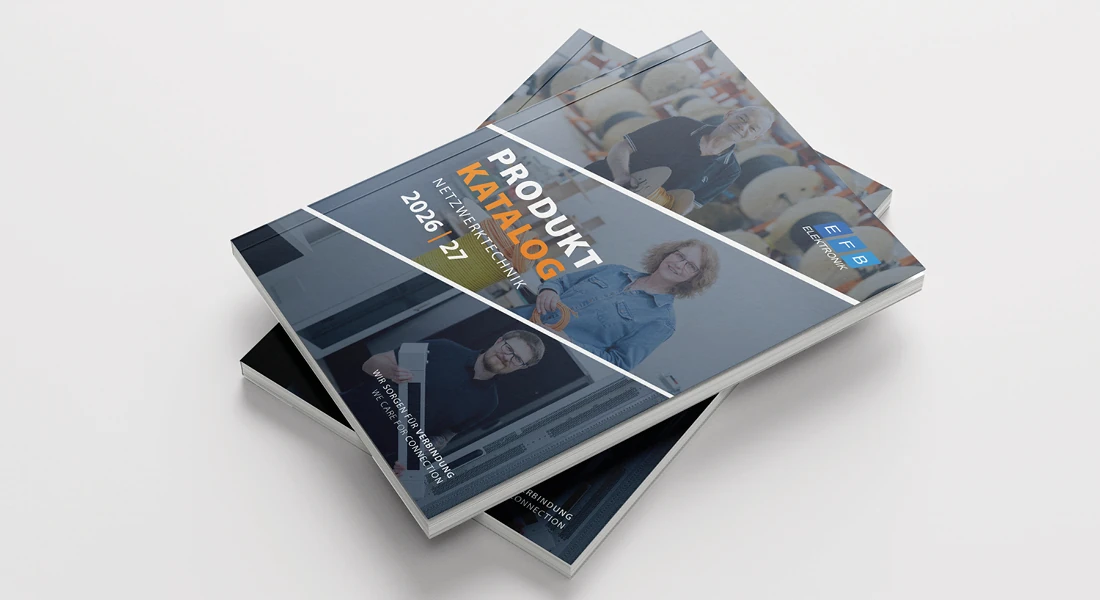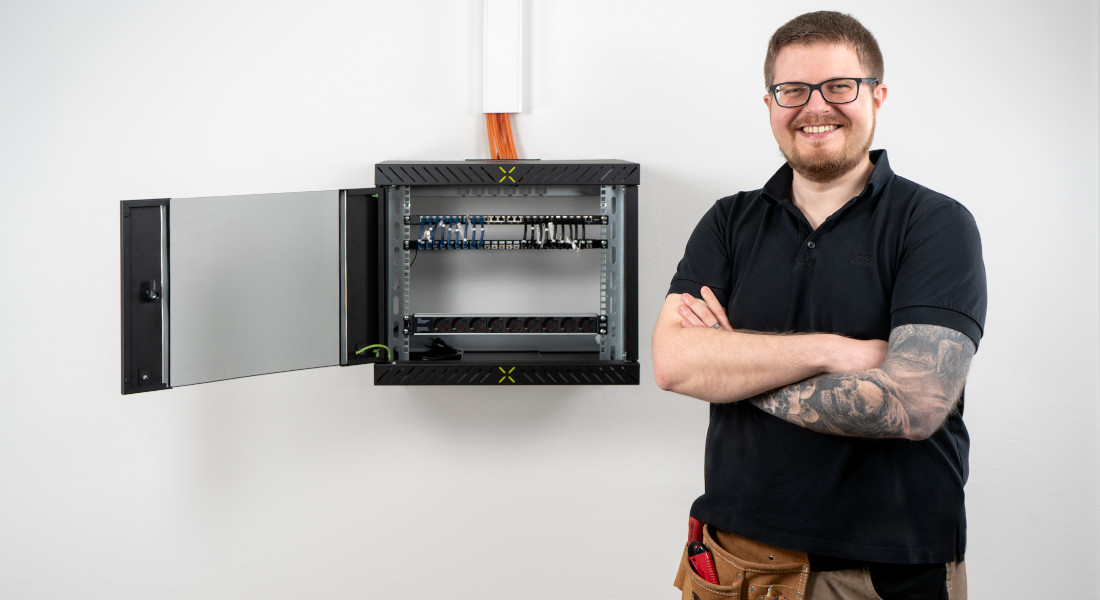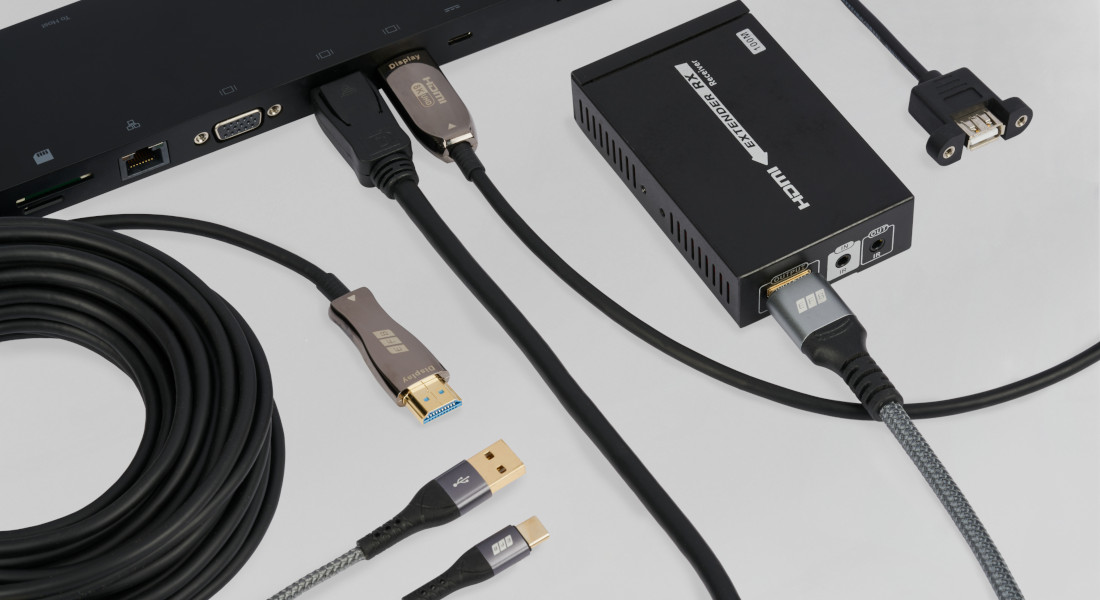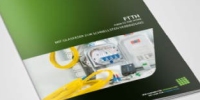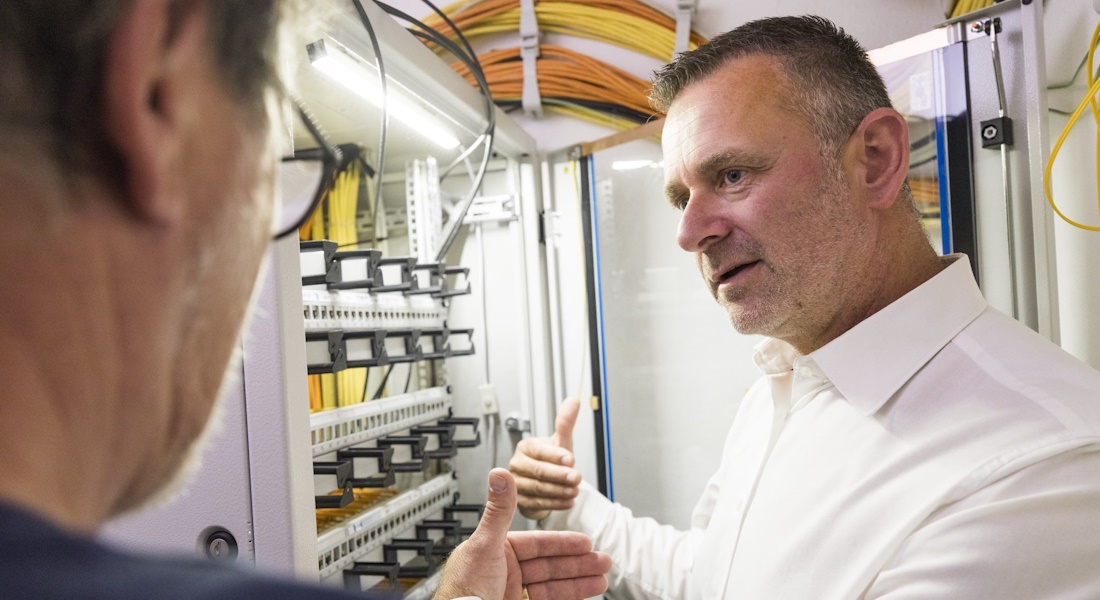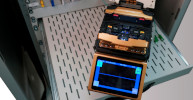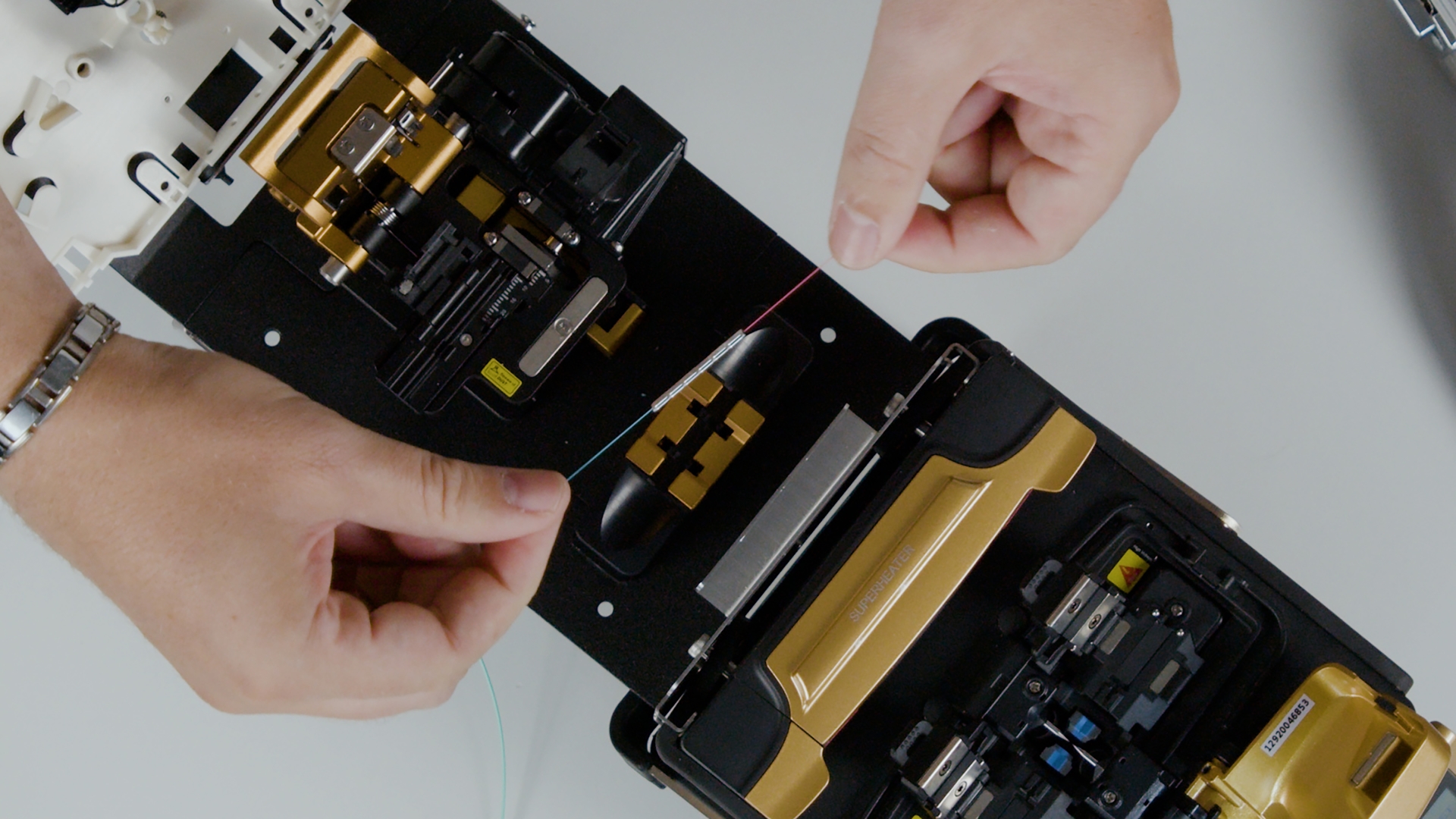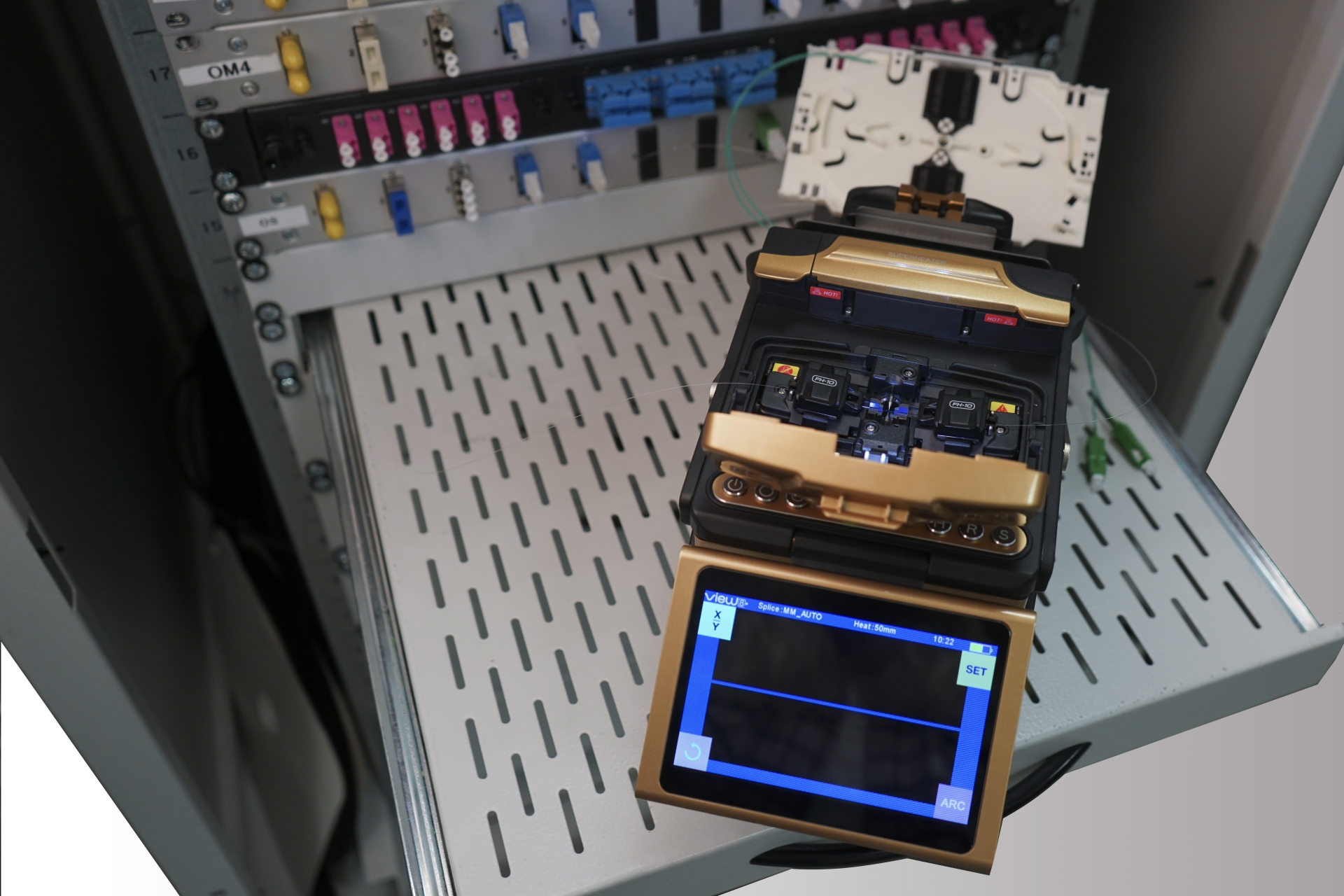
Splicing correctly: EFB-Elektronik publishes free step-by-step instructions with video
December 18, 2022
Pressemitteilungen
| News
Bielefeld, 18.12.2022 – Broadband expansion continues to gain ground: According to the German government, every second household in Germany should be able to get a fiber-optic connection by 2025, and every household by 2030. For connecting the optical fibers, fusion splicing of optical fiber (FOC) fibers is the most commonly used method. To enable installers and fiber optic network operators to apply this smoothly, the system provider and manufacturer for IT building cabling EFB-Elektronik provides a whitepaper with instructional video free of charge.
"Time and again, we experience that mistakes happen during splicing," says Jan Behrend, product manager for fiber optic/copper cabling at EFB-Elektronik. "To ensure that the expansion proceeds as planned and no delays occur, it's all about correct execution and the right tools."
Splicing errors delay fiber optic cabling
During the splicing process, two fiber optic cables are joined together seamlessly by thermal fusion. Pitfalls, however, such as damaged, worn, or improperly adjusted set-down or cut-off tools quickly lead to fiber failures. Even the slightest degradation slows down or stops data transmission altogether, requiring the installer to splice the cable again. For this reason, the white paper takes you through a detailed, illustrated guide in ten steps, including preparation and follow-up. A final table clearly summarizes the process, particularly with regard to possible sources of error.
Use advantages, avoid disruptions
Says Behrend: "Splicing has become indispensable, especially in the field of data communications, as the technology enables very good transmission performance. Moreover, if cables are accidentally cut, the clean connection is easy to restore thanks to the transitionless, thermal fusion." More detailed information is available in the white paper "The Guide to Proper Splicing of Fiber Optics" from EFB-Elektronik:

